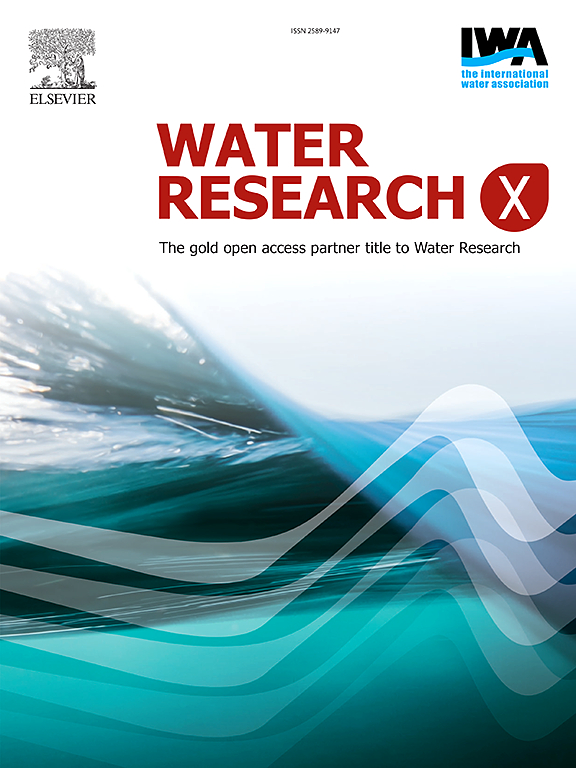Influence of aquaculture practices on microbiota composition and pathogen abundance in pond ecosystems in South China
IF 7.2
2区 环境科学与生态学
Q1 ENGINEERING, ENVIRONMENTAL
引用次数: 0
Abstract
Pond microbiota play a crucial role in maintaining water quality and the health of aquaculture species. This study aimed to explore the relationship between pond water and sediment microbiota (especially potential pathogens) and physicochemical parameters under different aquaculture conditions. Samples of pond water and sediment were collected from 21 monitoring sites across eastern, western, and northern Guangdong, and the Pearl River Delta in November 2021, March 2022, and July 2022. Microbial structures were analyzed using high-throughput sequencing of the 16S rRNA gene. The results indicated that sediment microbiota distribution was more uniform than that of water microbiota. Additionally, sampling time significantly influenced the uniformity of water microbiota distribution more than that sediment microbiota. Factors such as aquaculture species, culture pattern, NH4+-N, longitude, latitude, total nitrogen (TN), NO3−-N, NO2−-N, and total phosphorus (TP) were significantly correlated with water microbiota structure, and TN, TP, and organic carbon were significantly correlated with sediment microbiota structure. Furthermore, an increase in the NH4+-N concentration in the pond water significantly increased the variety of pathogenic bacteria. Higher nitrogen levels also increased the relative abundance of Mycobacterium in pond water, whereas the culture pattern (freshwater, seawater, brackish, modern captive culture, freshwater factory container aquaculture, or seawater factory culture) and species significantly influenced the relative abundances of Vibrio, Tenacibaculum, Pseudoalteromonas, and Francisella. Additionally, the relative abundance of pathogenic bacteria in the sediment microbiota was significantly higher than that in the water microbiota. Our results suggest that the culture patterns, species, and nitrogen concentrations should be considered when preventing pathogenic bacteria growth in aquaculture waters.

求助全文
约1分钟内获得全文
求助全文
来源期刊

Water Research X
Environmental Science-Water Science and Technology
CiteScore
12.30
自引率
1.30%
发文量
19
期刊介绍:
Water Research X is a sister journal of Water Research, which follows a Gold Open Access model. It focuses on publishing concise, letter-style research papers, visionary perspectives and editorials, as well as mini-reviews on emerging topics. The Journal invites contributions from researchers worldwide on various aspects of the science and technology related to the human impact on the water cycle, water quality, and its global management.
 求助内容:
求助内容: 应助结果提醒方式:
应助结果提醒方式:


